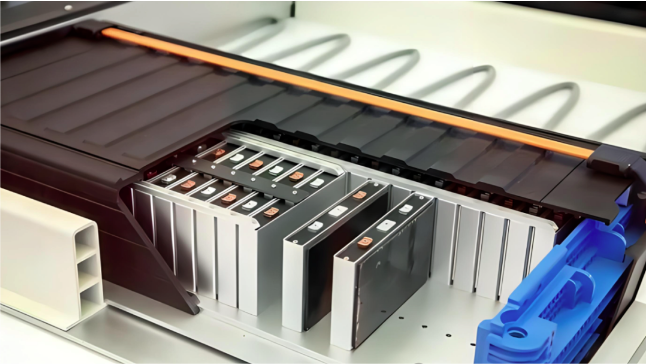Whoever masters solid-state battery technology owns the new energy vehicle market!
The Evolution of Solid-State Batteries
The progress of all-solid-state batteries started way back in the 1970s. However, with the technological advances in lithium-ion batteries during the early 2000s and their subsequent commercialization, the focus on all-solid-state batteries waned. Yet, with new cycles of battery innovation possibly opening up by 2030, whoever masters solid-state battery technology owns the new energy vehicle market!
Advantages of Solid-State Batteries Over Liquid Batteries
Unlike liquid batteries, solid-state batteries incorporate solid-state electrolytes, leading to distinct benefits and challenges. Solid-state electrolytes can be classified into several types: oxides, sulfides, polymers, and halides. Each has its merits and drawbacks. For example, while oxides offer high safety, their brittleness makes manufacturing complex. Sulfides offer high ionic conductivity but are unstable in air and expensive due to H2S gas formation. Polymers, though soft and ensuring the best solid-solid contact, have low electrical conductivity. Halides are still mainly under research.
Why Focus on Solid-State Batteries?
Despite challenges, many companies are steadfast in developing solid-state batteries due to their potential to resolve key issues for new energy vehicle users, such as safety and range anxiety. Solid-state batteries, which employ non-flammable and temperature-resistant electrolytes, can withstand high temperatures and maintain performance in low temperatures. They also enable higher energy density and extended range due to their compatibility with high-capacity electrode materials. Therefore, whoever masters solid-state battery technology owns the new energy vehicle market!
Global Competition and National Strategies
The worldwide competition for solid-state battery technology is fierce. Nations are strategizing to lead the field, knowing that whoever masters solid-state battery technology owns the new energy vehicle market! Japan is aiming for 450Wh/L and 6C (@25°C) sulfide solid-state batteries by 2027, while the EU targets breakthroughs in polymer or composite solid-state batteries between 2027-2030, with goals of 400-500Wh/kg and 800-1000+Wh/L. The U.S. Department of Energy plans for 500Wh/kg solid-state batteries costing less than $60/kWh by 2030. Similarly, South Korea’s K-Battery strategy includes investing 40.6 trillion won to commercialize 400Wh/kg solid-state batteries by 2025-2028 and install them in vehicles by 2030.
China's Initiative
Recognizing the significance, China has swiftly set up a solid-state battery industry innovation consortium and a collaborative innovation platform to maintain their leading position. Because in the new energy vehicle market, whoever masters solid-state battery technology owns the new energy vehicle market!
The Future of New Energy Vehicles
As nations and companies globally push toward breakthroughs in solid-state battery technology, a transformative phase for new energy vehicles is imminent. Indeed, whoever masters solid-state battery technology owns the new energy vehicle market! The future of transportation and energy storage hinges on these advancements, witnessing a profound shift by 2030.

